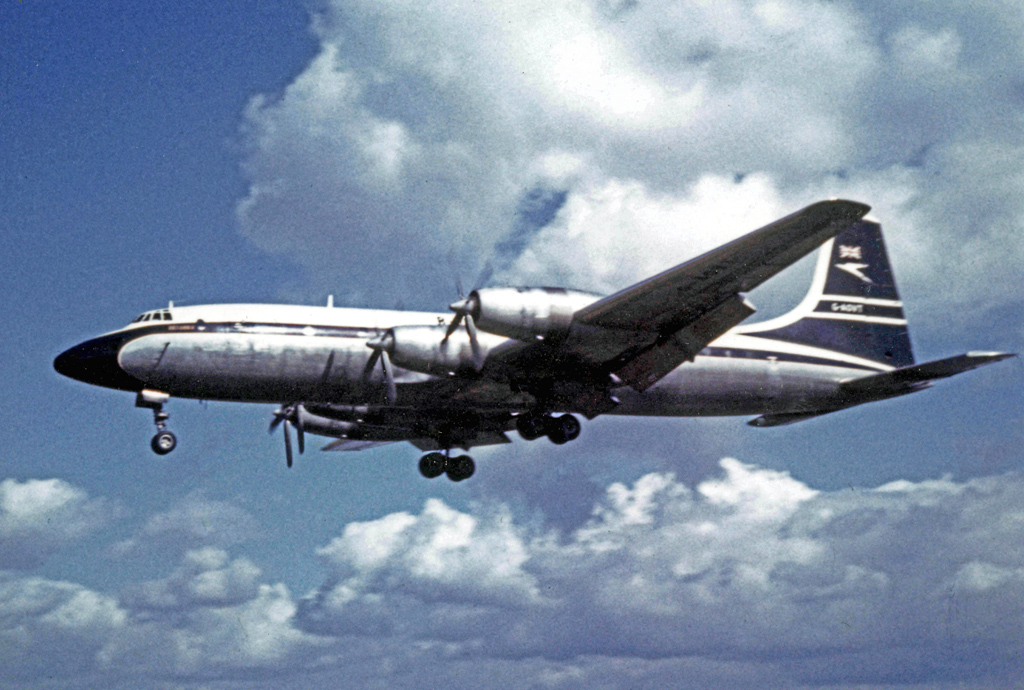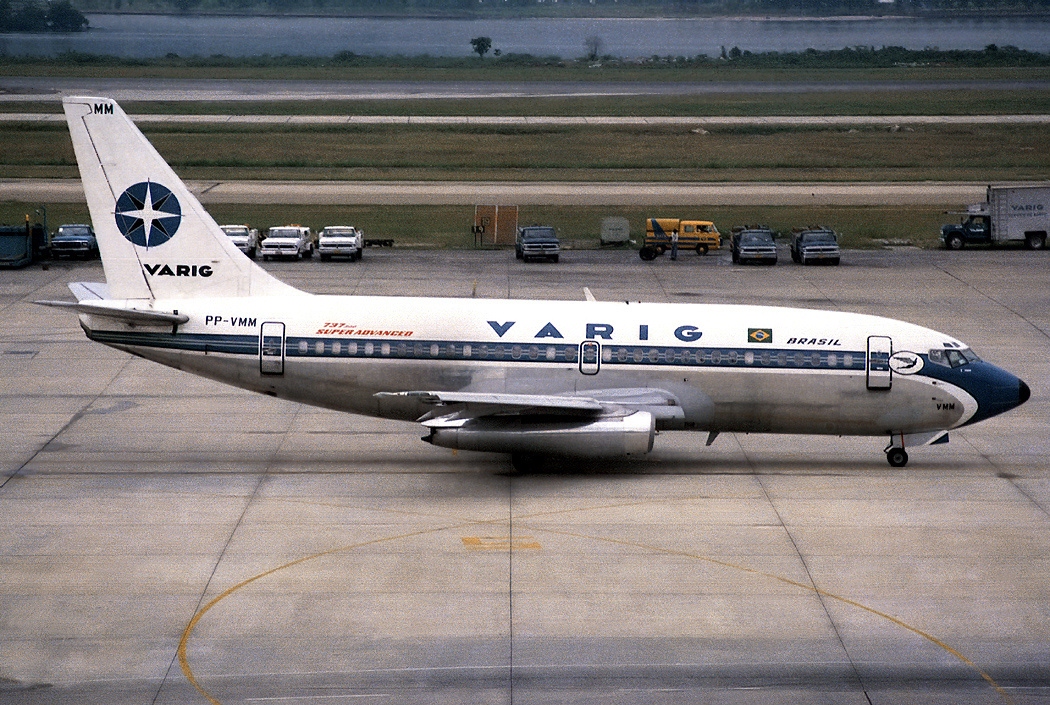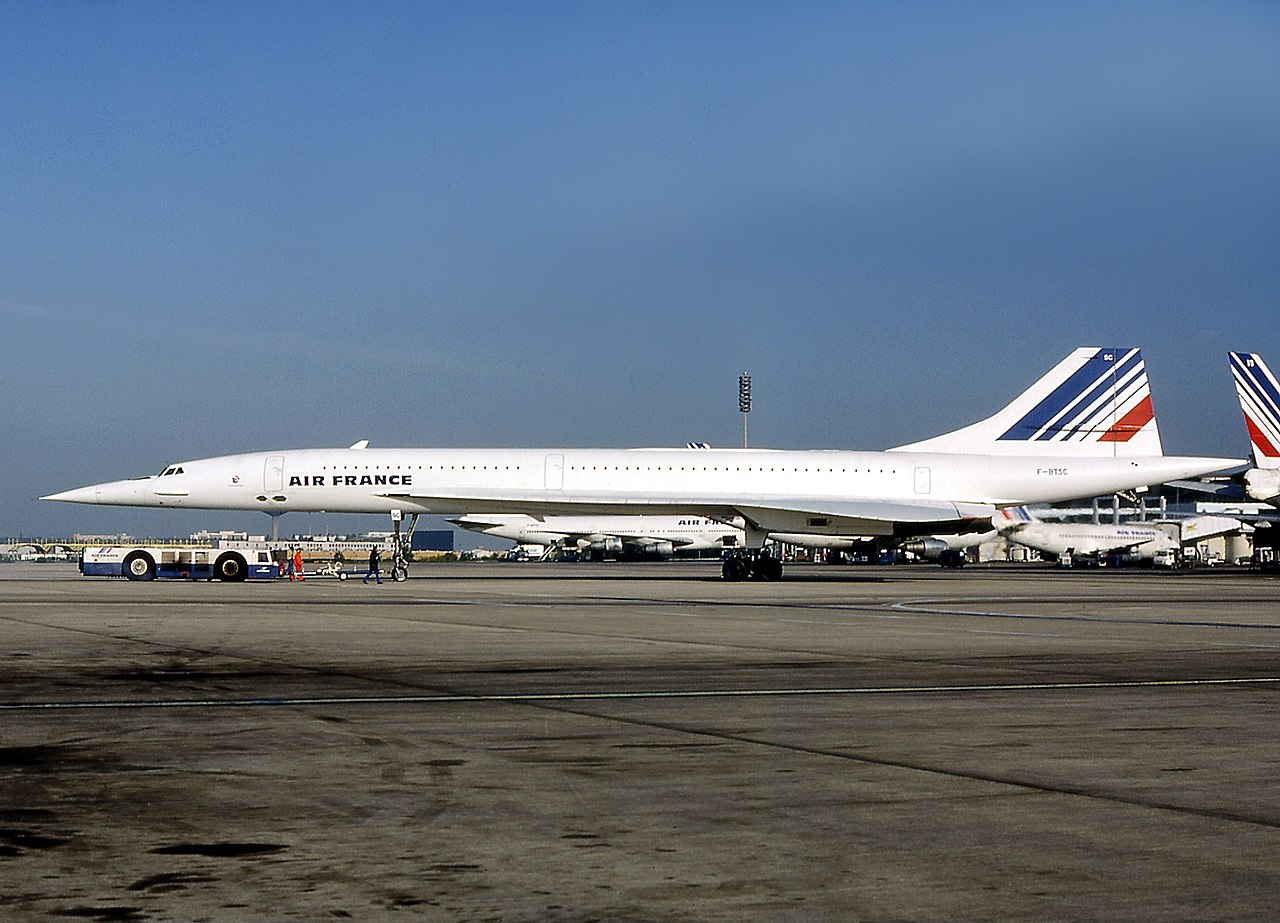Aviation relies on numbers. Distances, altitudes, frequencies, heights and different calibrations. Many flight simmers do know, that while flying you have to know all the frequencies, decision heights and calculations.Many crashes are caused by crews, that make mistakes in the aspect of the multiple numbers, sometimes leading to crashes.In aviation you also get to deal with sides, but it's quite difficult to make mistakes in this area. Or isn't it?
Another problem is lateralization a purely psychological term. It isn't much more than an asymmetry of functionality of neither the left or right side of your body, caused by the work of your brain hemispheres ( cerebral hemispheres as Wikipedia suggests, I won't listen to it though). Important for a pilot, specially in critical situations, such as engine failure. Some pilots can't eventually judge it, flying with all engines dead, but still believing they shut down the correct engine. Eventually this has happened a lot of times. British midland 92 is a sad example of this.
Digits, they aren't as deadly, but they are a potential hazard to pilots. They can be qualified as a problem with numbers, in a way they are. Today is time for another post about air crashes, this time maybe not the weirdest ones, but caused by a tiny error. they could have been prevented, but this time there is going to be more crashes with survivors.
Avianca 11 Chaos

On November 26th 1983 a Boeing 747-283B took of Paris-Charles de Gaulle airport. It was a six year old aircraft, leased from SAS by the airline of Avianca, the national carrier of Colombia. The jet was nicknamed Olafo, after a Scandinavian comic hero.
Courtsey of Plane Spotters and Ger Buskermolen
The 747 was proudly presented by Avianca. it could have been flown only by the most experienced crew. A the captains seat sat Tulio Hernandez, an experienced pilot who accumulated over twenty thousand flight hours. The First Officer was Eduardo Ramirez and the Flight Engineer Daniel J. Laverde and Zota. the flight was routine, the plane was bound for Madrid, then continue ahead to Caracas, finishing its journey in Bogota. At total of 192 people was on board including the crew.
The jumbo-jet took off at 22:25 GMT and ascended to flight level 370. At 0:46 ocal time the crew requested descent, 15 minutes after first contact with ATC. While at 9000 feet the crew contacted the controller that they have passed a VOR and want to proceed to CPL VOR instead of going through CJN VOR. The crew wanted to get directly to the point when they can line up with the runway and intercept the ILS. After continuing ahead to the VOR the airplane seemed to turn directly to an ILS marker (MA) before reaching the VOR. At 1:03 the crew was cleared to land. However at 1:06 am the 747-200 hi the ground already configured for landing. 181 passengers and crew perished with 11 of them surviving.
The wreckage was found soon after the crash. The Jumbo Jet impacted ground 12km southwest of Barajas airport. The planes undercarrige and wings were upside down, due to the nature of the impact. The plane hit the ground thrice, resulting in an excessive rollover and crash upside down.
The CVR was badly burnt, but working, with the FDR in good condition.
The investigators analysing the crash were CIAIAC experts. CIAIAC is a governmental organisation.
They concluded that:
"A) The Commander and crew were properly qualified and experienced.
b) . b) The pilots were qualified, experienced and physically fit properly.
c) The airplane had the Airworthiness Certificate, Certificate of Registration and Certificate of valid Maintenance. . Records show that it had been maintained in accordance with the approved maintenance program.
d) The aids to navigation and approach working properly, according to the findings made.
e) There is no record of malfunctions in communications equipment and ATC radar.
f) In the investigation, no evidence of abnormality was found in the operation of engines and aircraft systems.
g) The weight and balance of the aircraft was within prescribed limits.
h) Between Barahona and the beginning of the shift to MA, the crew did not timely, so he made a wrong navigation.
i) The crew flew below the minimum sector, more than a minute before entering the area of protection of CPL.
j)) The crew took the train out of sequence, in advance, according to ILS approach procedures, and before starting the shift to MA.
k) The crew made the shift to MA and continued his flight until impact, without verifying the distance CPL, nor have captured some of the ILS signal system; leaving him only the ADF dials.
l) The commander accepted without checking for its part, the wrong altitude MA bypass given by the co-pilot.
m) The commander did not take adequate corrective action when proximity alarms were activated enters the GPWS)
n) The ACC controller transferred the aircraft to APP in different time and place as agreed.
o) The APP controller, upon the transfer of traffic, gave no precise positional reference, or TWR or aircraft.
p) The Controller TWR APP transferred to the aircraft without having received confirmation speaking crew intercepted some help for approach or had visual reference.
q) The APP controller not kept proper surveillance radar, by failing to communicate to the aircraft "radar service terminated".
r) The wording and communications procedures used by both pilots as the crew did not meet recommended by ICAO ".
Intially the Cause was:
"The cause of the accident was that the Commander, without precise knowledge of its position, went to intercept the ILS with a wrong path, without initiating the maneouver published instrument approach, descending below all the safety margins of the area, to collide with the ground. "
However contributing factors were:
"A) inaccurate Navigation crew, which led them to the wrong position to start the landing approach.
b) Lack of corrective action, in accordance with the operating instructions of system ground proximity warning (GPWS), by the crew.
c) Lack of teamwork in the cockpit.
d) inaccurate information given to the aircraft position by APP.
e) The Controller of APP, by failing to communicate to the aircraft "radar service terminated" not kept proper observation of the radar screen. "
The "descend(ing) below al the safety margins of the area" was caused by the first officer giving the captain a wrong MDA of 2380 feet, instead of 3280 feet. A tiny mistake, but how crucial. Due to the chaotic behaviour of the crew nobody spotted that error, therefore leading the crew to make wrong decisions ever after. As the pilots had to deal with a lot of frequencies, barometric pressure setting and calculations may have easily made an error, within very chaotic condition.
A thing I noticed is that the crew may have been fatigued, stressed or in a rush ( or they were tired, and therefore stressed, it could have been combined). from the technical point of view, even one of the three pilots might have been in not the best conditions and the others ok. That is still 33, (3) precent of the crew not working at his best.
Sadly a similar accident occured 14 years later when a 747 crashed on Guam due to the captain being tired and causing the plane to descend under the glide slope. The plane hit a hill, killing 228 out of 254 people on board.
158 BOAC Bristol Britannia Crash
A Matter of Thousands

In the 50s the aviation business was growing. In 1958 the very first jets were already in service, this being the Comet, Tu-104 and Sud Aviation Caravelle entering service. Turboprops and props were still the most popular planes in the sky. One of the newest turboprops was Bristol type 175 Britannia, shortened Bristol Britannia, a turboprop as big as the 737 NGX. Introduced a year earlier, it first flew in august 1952.In 1954 and 1957 two prototypes crashed due to an engine problem.
On Christmas eve 1958 a Britannia was tasted by BOAC to renew its Airworthiness certificate ( in normal language, it needed a certificate, so that it can legally fly). The day was very foggy, making it hard to fly. The aircraft took off London Heathrow airport at 10:10 am, carrying seven passengers and five crew, bound for Hurn Airfield. After the test was complete, at 11:55am the crew carried out a landing request at Hurn. However after three minutes ATC lost contact with the Bristol. The controller contacted emergency services giving them the last known position of the airplane. Some people in the towns of Winkton, Sopley and residents of Bransgore contacted them as well, claiming to have heard a low passing aircraft or a sound of an aircraft crashing. The wreckage of the plane was found. Nine people out of twelve on board have died in the accident, with three surviving.
investigators concluded that this crash was a typical CFIT. The cause of a CFIT was however out of the ordinary. The final report on this crash explained that:

A similar altimeter was used (three point altimeter).
"The accident was the result of the aircraft being flown into ground obscured by fog. This was caused by a failure on the part of both the captain and the first officer to establish the altitude of the aircraft before and during the final descent. The responsibility for the accident must rest with the captain. The height presentation afforded by the type of three-pointer altimeter fitted to the subject aircraft was such that a higher degree of attention was required to interpret it accurately than is desirable in so vital an instrument. This, when taken into conjunction with the nature of the flight on which the aircraft was engaged was a contributory factor."
Yes a three point altimeter can be dangerous. If you don't take into account the position of even one of the indicators or think that the indicator showing thousands shows hundreds.
The crash of a BEA Vickers Viscount was quite similar, when the plane on approach to Prestwick crashed, luckily everyone survived.

Passengers and crew of United airlines flight 389 weren't so lucky. While flying from New Yorks La Guardia airport to Chicago on August 195, their airplane crashed. The airplane used on this flight was a Boeing 727-200. The crew was cleared for descend to 6000 ft. However at that altitude the pilots didn't level the plane, instead continuing their descend. Shortly after the plane impacted waters of Lake Michigan, killing all on board. The FDR was never recovered, however the investigators suspect that a same altimeter problem could have caused the crash. Officially:
"The Board is unable to determine the reason for the aircraft not being leveled off at its assigned altitude of 6,000 feet."
Now that we use different altimeters, pilots can judge the altitude in a better way. In addition the GPWS helps crews to fly stop the dangerous descend. We're quite lucky to have sophisticated warning systems to prevent these crashes.
In memory of all lost in these crashes.
 Wikipedia/AAIB picture
Wikipedia/AAIB picture













